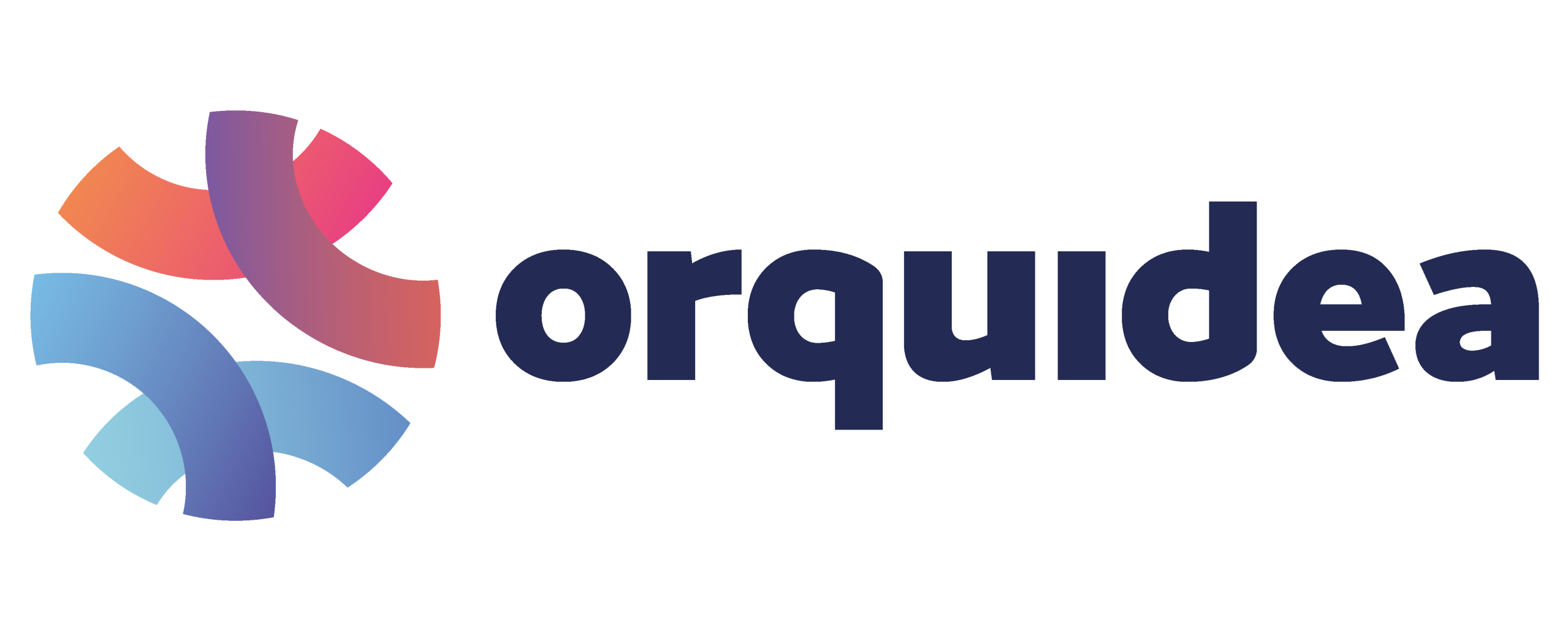AI as Co-Author: Rethinking Creativity in the Machine Age
Artificial Intelligence has reached a point where it’s no longer just a tool—it’s a collaborator in the creative process. From writing novels and composing music to assisting designers and filmmakers, AI has begun to reshape what we understand by creativity itself. But does this mean machines are becoming artists? Or are we simply reimagining creativity through a new lens?
This article explores the intersection of generative AI and human ingenuity, unpacking how professionals across disciplines are co-creating with algorithms, and why this movement represents both an evolution and a philosophical shift.
1. Creativity Is Not Exclusive
Historically, creativity was viewed as a uniquely human trait. But AI challenges that notion—not by replacing human expression, but by amplifying and expanding it.
- Algorithms now produce visual art, music, poetry, and even screenplays.
- Creators use AI to generate drafts, explore variations, and refine ideas in ways that were previously unthinkable.
- AI doesn’t steal authorship—it reframes it.
2. Tools of the Trade: Leading Creative Models
Some of the most notable AI systems include:
- ChatGPT / GPT-4: for writing, storytelling, and language generation
- DALL·E and Midjourney: for image generation and visual design
- AIVA and Amper: for AI-composed music
- RunwayML: for video effects and editing
These tools don’t just automate—they unlock exploration at scale, offering thousands of creative options in seconds.
3. From Inspiration to Iteration
AI excels at idea generation, but the real power is in rapid iteration.
- Writers test multiple narrative arcs without rewriting
- Designers evolve concepts across styles instantly
- Musicians create arrangements by tweaking prompts
This accelerates the creative cycle while maintaining control in human hands.
4. Examples of Real-World Collaboration
Professionals across industries are integrating AI:
- Filmmakers use generative AI to visualize storyboards and previsuals
- Fashion designers collaborate with AI to remix trends and predict consumer aesthetics
- Authors co-write novels where characters evolve based on AI-generated dialogue
One standout example: digital artist Refik Anadol, who uses neural networks to create immersive installations from environmental and cultural data.
5. Ethical & Ownership Questions
As AI’s role grows, so do concerns:
- Who owns a piece co-created with AI?
- Can algorithms replicate culturally sensitive or emotionally nuanced work?
- Does easy creation dilute artistic value?
Answering these requires new frameworks for authorship, intellectual property, and creative responsibility.
6. AI in Education and Mentorship
AI acts as a creative mentor for aspiring artists:
- Suggests compositions, themes, and grammar improvements
- Offers instant feedback and alternatives
- Democratizes access to professional-quality tools
This makes artistic expression more inclusive and accessible, especially for emerging voices.
7. The Philosophy of Co-Creation
The idea of “AI as co-author” is more than a workflow—it’s a shift in perception.
- Creativity becomes a dialogue, not a monologue
- Artists learn to curate models, rather than just use them
- The process emphasizes intent and interpretation over manual execution
Like the camera or the synthesizer, AI is a new instrument of art.
8. Human vs. Machine: A False Binary
Rather than compete, human and machine creativity complement one another.
- Humans bring emotion, intuition, and contextual depth
- AI contributes speed, variety, and pattern recognition
- Together, they create forms of expression that neither could achieve alone.
9. Expert Perspective
Marques Brownlee, content creator and tech analyst, has said:
“AI won’t take your job—but someone who knows how to use AI might.”
Similarly, AI ethicist Kate Crawford emphasizes that creativity with AI requires reflection and intentionality:
“Machines are amplifiers—but we must choose what they amplify.”
10. What Comes Next?
As creative AI continues to evolve, we’ll likely see:
- Interactive experiences co-generated in real time
- Fine-tuned personal models for individual creative style
- Industry-wide shifts in how content is produced, credited, and consumed
The question isn’t “Will AI replace creativity?” It’s “How will creativity evolve because of AI?”
Conclusion
Creativity in the machine age is not defined by what AI can do, but by what humans do with AI. This new era invites us to rethink authorship, expression, and collaboration. Whether in design, writing, music or film, the co-authoring relationship between humans and intelligent machines opens a canvas of infinite possibility.
